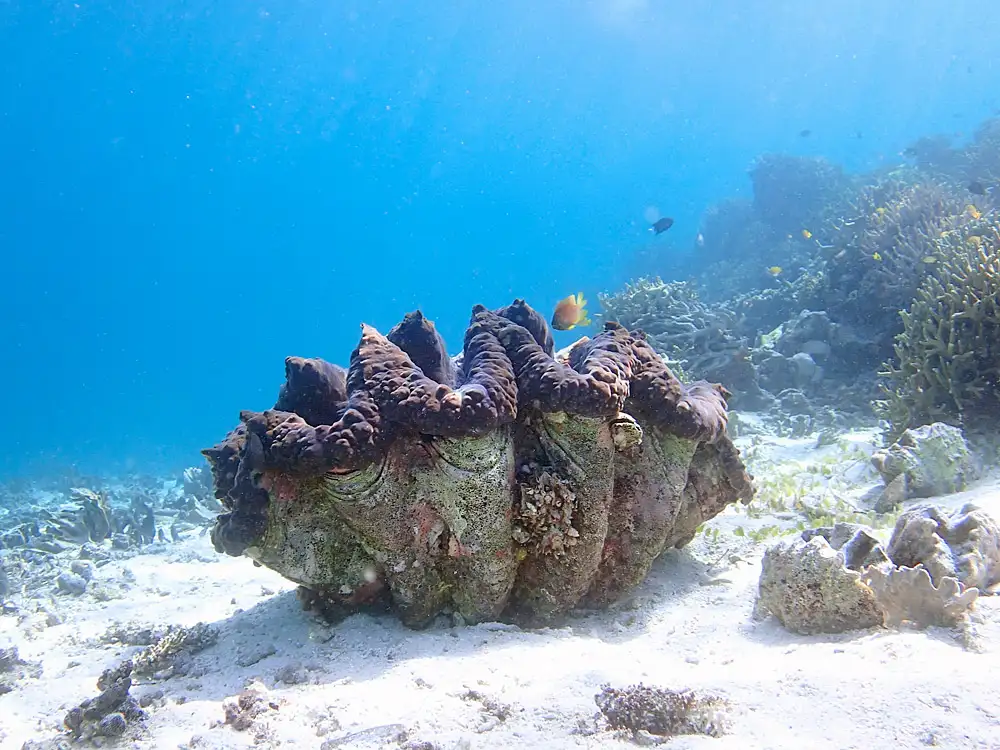
Giant Clam
Tridacna gigas
Tridacna gigas—the giant clam—is a flagship bivalve of family Tridacnidae.···

Nautiloidea (Subclass · Overview)
Nautiloidea
Nautiloidea is an ancient subclass of cephalopods. Today only a handful of l···
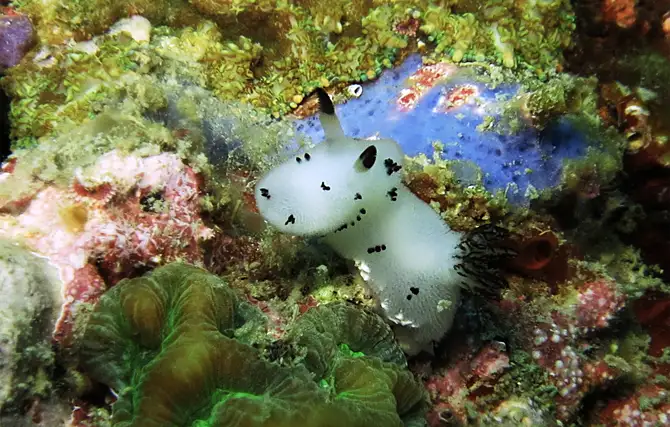
Jorunna funebris (Dotted Nudibranch)
Jorunna funebris
Jorunna funebris, often called the dotted (Dalmatian) nudibranch, is a dorid···
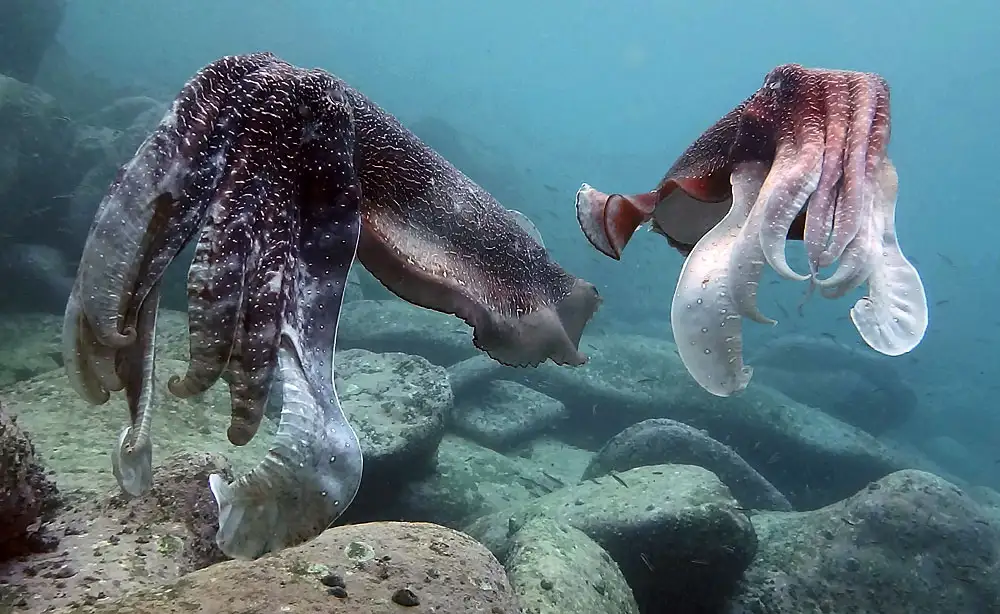
Giant Australian Cuttlefish
Sepia apama
Sepia apama, the Giant Australian Cuttlefish, is among the largest cuttlefis···
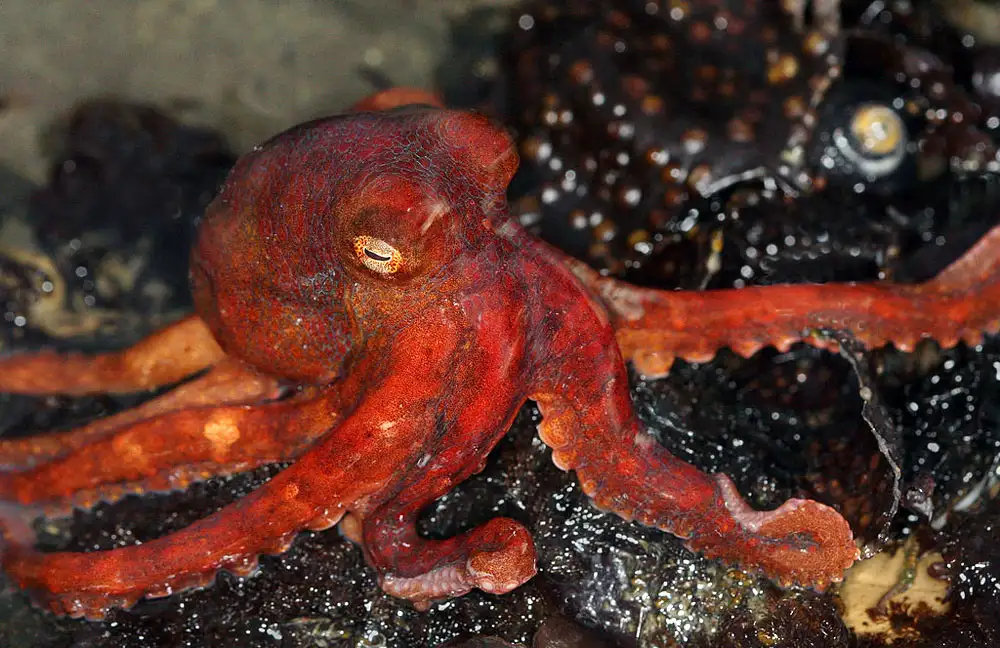
Octopodidae (Overview)
Octopodidae
Octopodidae is the principal family of true octopuses (Cephalopoda: Octopoda···
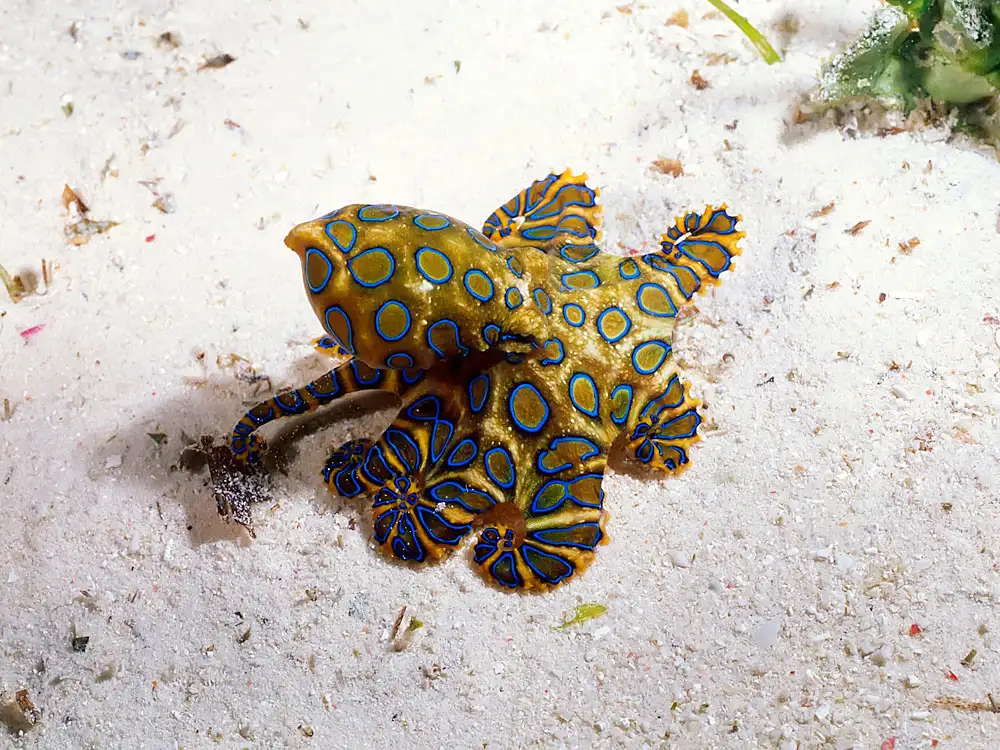
Southern Blue‑Ringed Octopus (Highly Venomous)
Hapalochlaena maculosa
Hapalochlaena maculosa—the southern blue‑ringed octopus—is a small, highl···
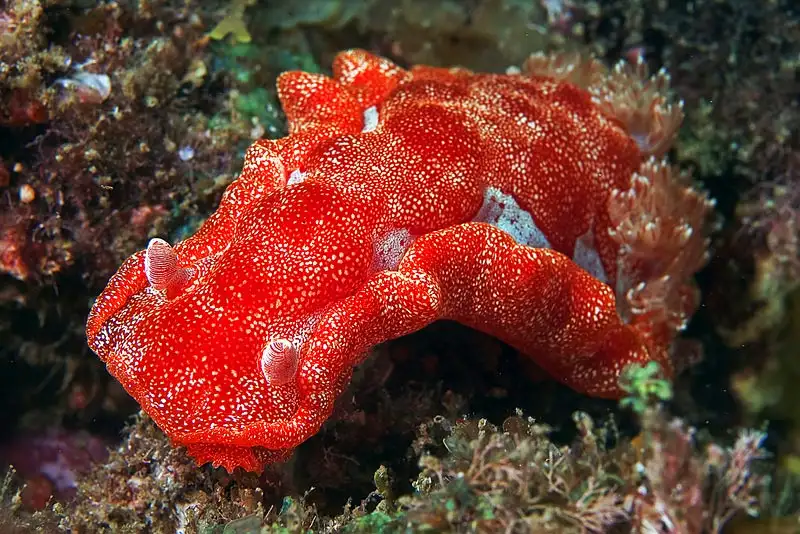
Spanish Dancer Nudibranch
Hexabranchus sanguineus
Hexabranchus sanguineus, the iconic Spanish dancer, is one of the largest an···
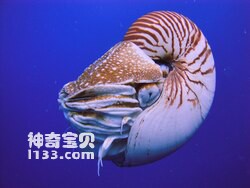
Nautilus
Nautiloidea,Nautilidae
Nautilus refers to a family classification under the order Nautilus in the c···
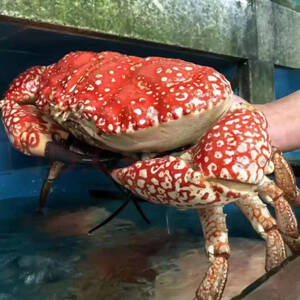
Pseudocarcinus gigas
Pseudocarcinus gigas,King crab, heavy false back crab, Australian king crab, Australian giant crab
The giant shore crab is also commonly known as the emperor crab, and should ···
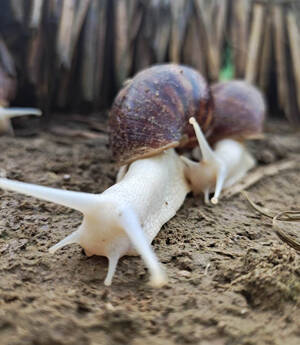
Achatina fulica
Achatina fulica,Brown cloud agate snail, Chinese white jade snail
The scientific name of the white jade snail is Achatina fulica, also known a···
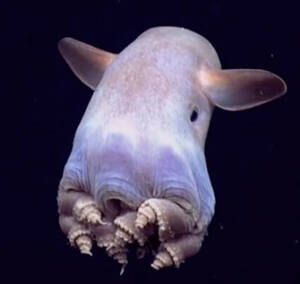
Grimpoteuthis bathynectes
Grimpoteuthis bathynectes,Dumbo Octopus,Gulf of Mexico ash octopus, semi-deep sea ash octopus
Dumbo Octopus (scientific name: Grimpoteuthis bathynectes), also known as Du···
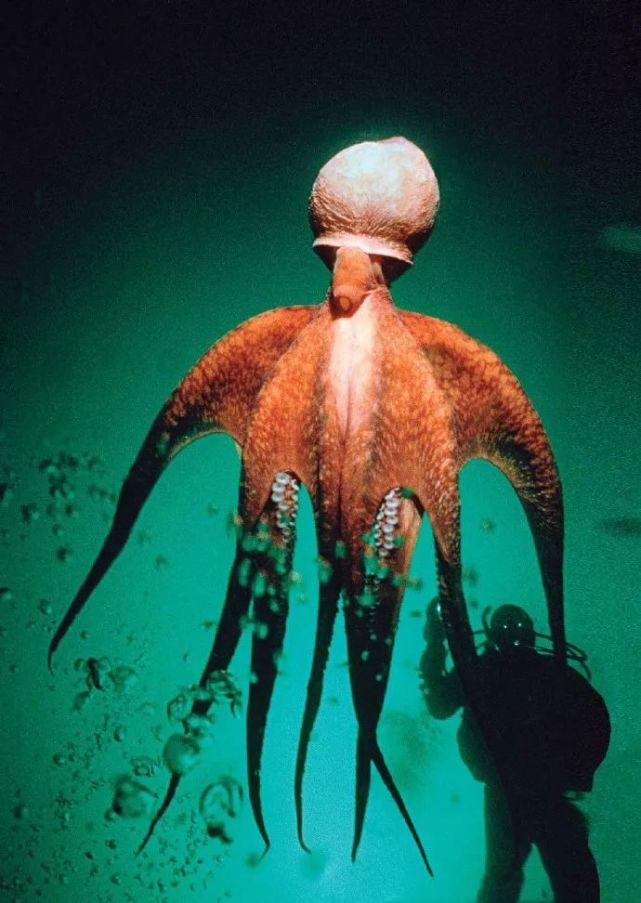
Enteroctopus dofleini
Giant North Pacific Octopus
As a representative of invertebrates, the octopus has a soft body and a hard···
